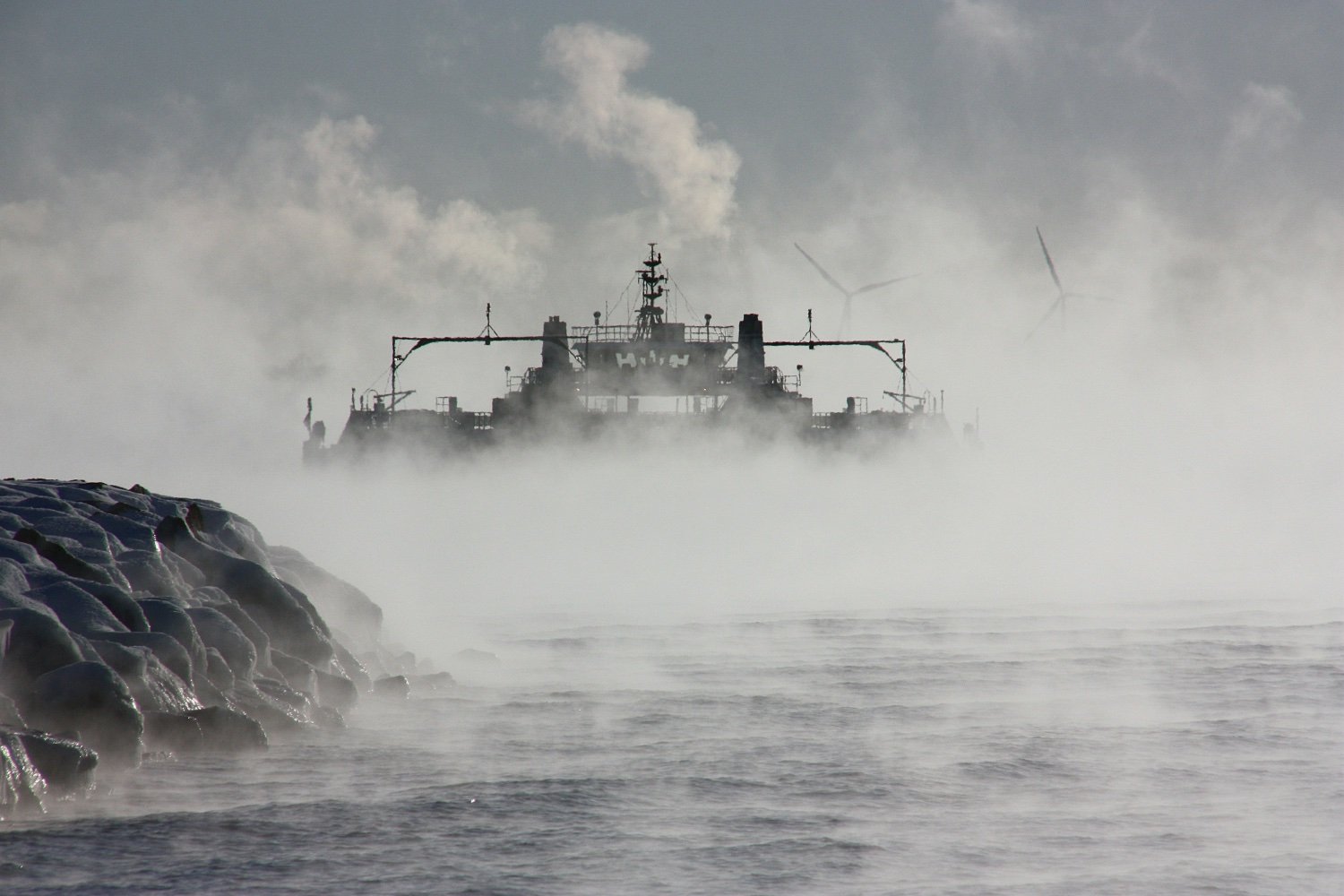We already know about geothermal energy: it uses the heat present under the earth’s surface to produce electricity. But a new stage is coming with “superhot rocks”. Located several kilometers deep, these rocks exceed 374°C. It is at these extreme temperatures that the water injected into the subsoil becomes a supercritical fluid, a sort of boosted steam, ideal for generating energy.
Geothermal energy ventures deeper
A report led by researchers at Cornell University and the Clean Air Task Force (CATF) highlights this potential. The idea? Go beyond volcanic zones or tectonic faults where classic geothermal energy draws its resources. With modern technologies, these rocks could be exploited almost anywhere, transforming geothermal energy into a universal and abundant energy.
« With innovation, superhot rock energy could offer a renewable source, accessible on a large scale, and competitive with fossil fuels », underlines the report.
Unlike traditional geothermal energy, which simply drills to a depth of a few kilometers, reaching these rocks requires going down at least six kilometers into hard rock formations. This is where the problem lies: current techniques, inherited from the oil and gas industries, are not enough. Researchers need new technologies to improve drilling equipment, sensors, and even handling extreme temperatures.
Cornell University has already embarked on the adventure. In 2022, a three-kilometer exploratory well was dug on its campus. But to reach these famous superhot rocks, we would have to go much further, particularly in areas where the heat flow is weak, such as the Eastern United States.
The stakes are high. According to the report, harnessing just 2% of geothermal energy located between three and ten kilometers deep could cover 2,000 times the current energy consumption of the United States.
Some companies, like Quaise Energy, firmly believe in it. They see these superhot rocks as the “Grail of geothermal energy”. Recent studies have shown that these rock formations can create interconnected fractures allowing water to reach extreme temperatures, sometimes exceeding 400°C. This process makes it possible to produce electricity or even hydrogen.
Of course, obstacles remain. The choice of sites remains crucial: it is necessary to understand in detail the properties of the rocks, the heat flow and the mechanical constraints. These parameters change over the years, which complicates project management. But the enthusiasm is there. With the efforts of researchers, industries and governments, the exploitation of superhot rocks could well be a game-changer.
🟣 To not miss any news on the WorldOfSoftware, , .










